In today’s globalized world, dating often involves exploring different cultures and experiencing diverse cuisines. As a curious cross-cultural dater, it’s essential to navigate multi-cultural dining scenarios with grace and respect. Understanding and practicing proper restaurant etiquette not only helps create a positive impression but also fosters cultural understanding and enhances the dating experience. In this comprehensive guide, we will unlock the secrets of restaurant etiquette, providing you with valuable insights and practical tips to navigate the world of multi-cultural dining.
What you will learn:
- The importance of researching the cuisine and dining customs of a restaurant before visiting.
- Tips for making reservations and considering dietary restrictions or preferences.
- How to navigate dress code and cultural considerations when dining out.
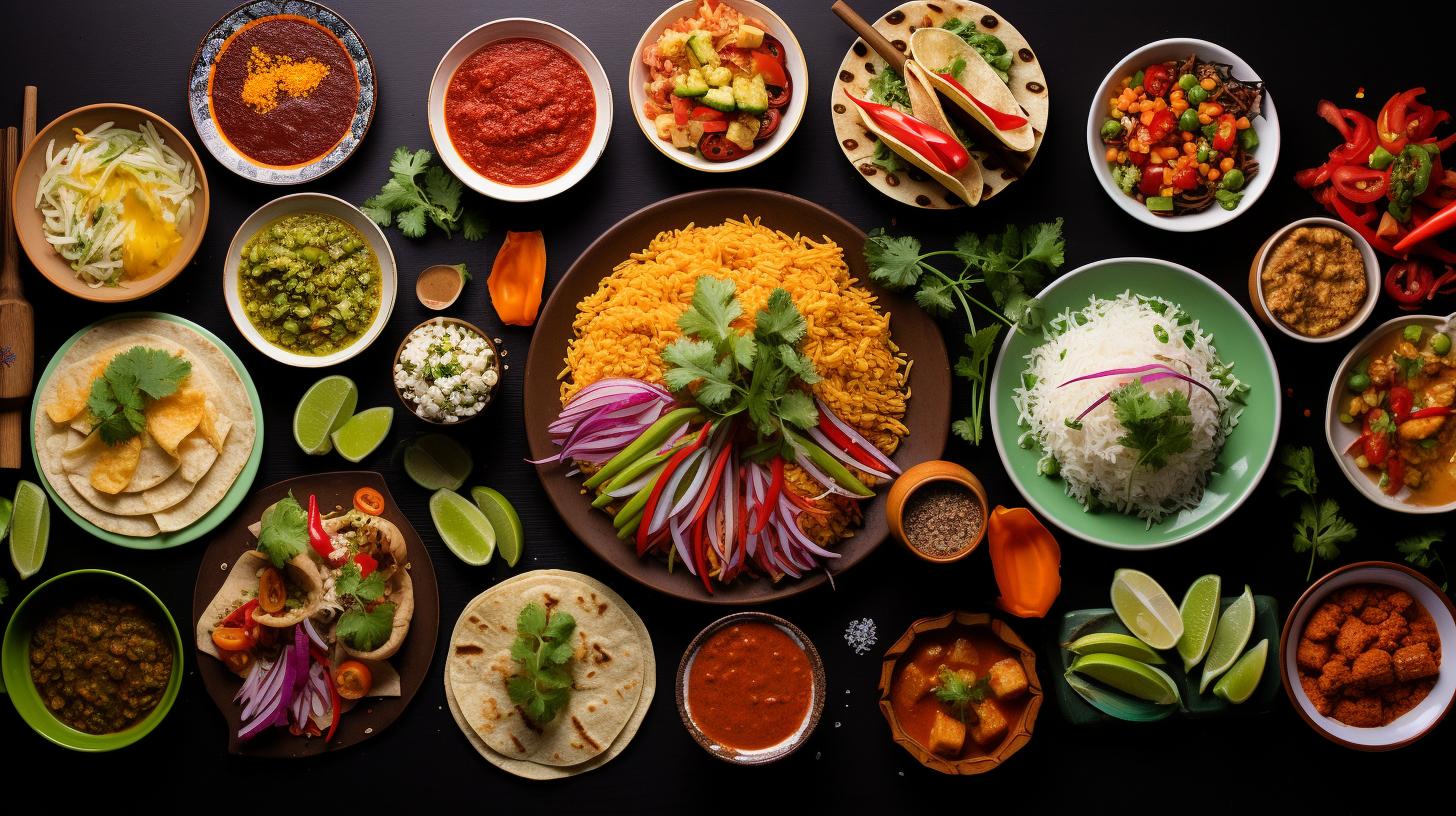
Researching the Cuisine and Dining Customs
Before embarking on a culinary adventure, it’s crucial to research the cuisine and dining customs of the restaurant you plan to visit. Each culture has its own unique dining traditions, and by familiarizing yourself with them, you demonstrate respect and cultural sensitivity. Take the time to explore the flavors, ingredients, and cooking techniques associated with the cuisine. Understanding the cultural nuances and traditions will not only enrich your dining experience but also provide valuable conversation starters with your date.
When researching the cuisine, consider reading books, articles, or blogs that delve into the food customs and traditions of the culture you’re exploring. Websites like Culinary Customs provide detailed information about various culinary practices around the world. By gaining insights into the cultural significance of certain dishes or ingredients, you can engage in meaningful conversations and show genuine interest in your date’s background.
Additionally, familiarize yourself with the dining customs and table manners of the culture you’re exploring. Each culture has its own set of etiquette rules, such as using chopsticks or eating with your hands. By understanding these customs, you can navigate the dining experience with confidence and avoid unintentionally offending your date or other diners.
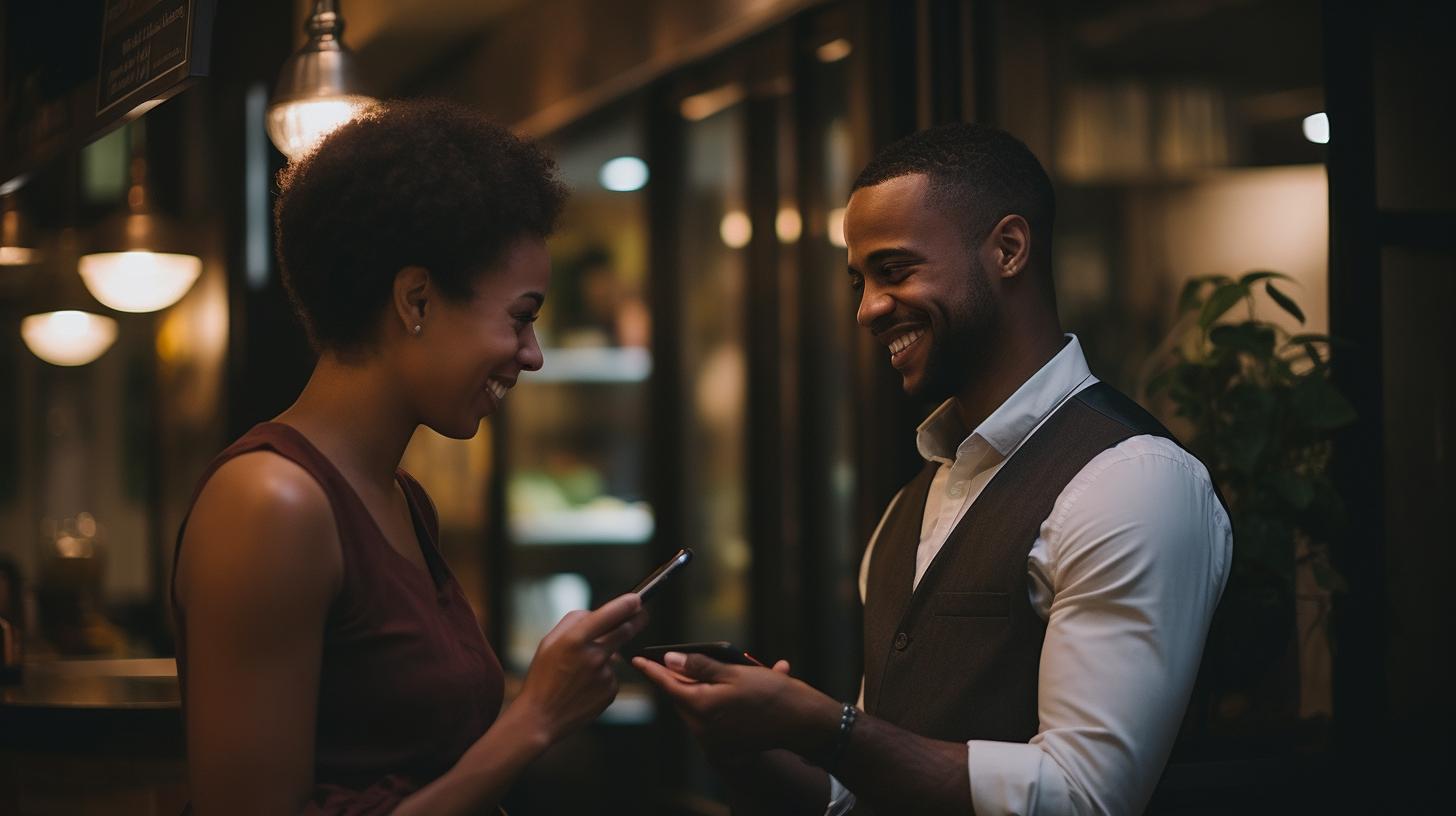
Making Reservations
To ensure a smooth and enjoyable dining experience, it’s advisable to make reservations in advance, especially for popular or busy restaurants. Making a reservation not only guarantees you a table but also shows consideration for your date’s time and preferences. It also allows the restaurant to provide you with the best possible service.
When making a reservation, consider calling ahead or using online reservation platforms. Many restaurants now offer online booking options, which can be convenient and efficient. If you’re unfamiliar with the process, Dining Etiquette provides useful tips on making reservations and navigating social and business dining situations.
Additionally, when selecting a restaurant, consider your date’s dietary restrictions or preferences. It’s important to choose a restaurant that accommodates both of your needs, ensuring that both of you can fully enjoy the dining experience. Open communication about dietary requirements can prevent any misunderstandings or uncomfortable situations during the meal.
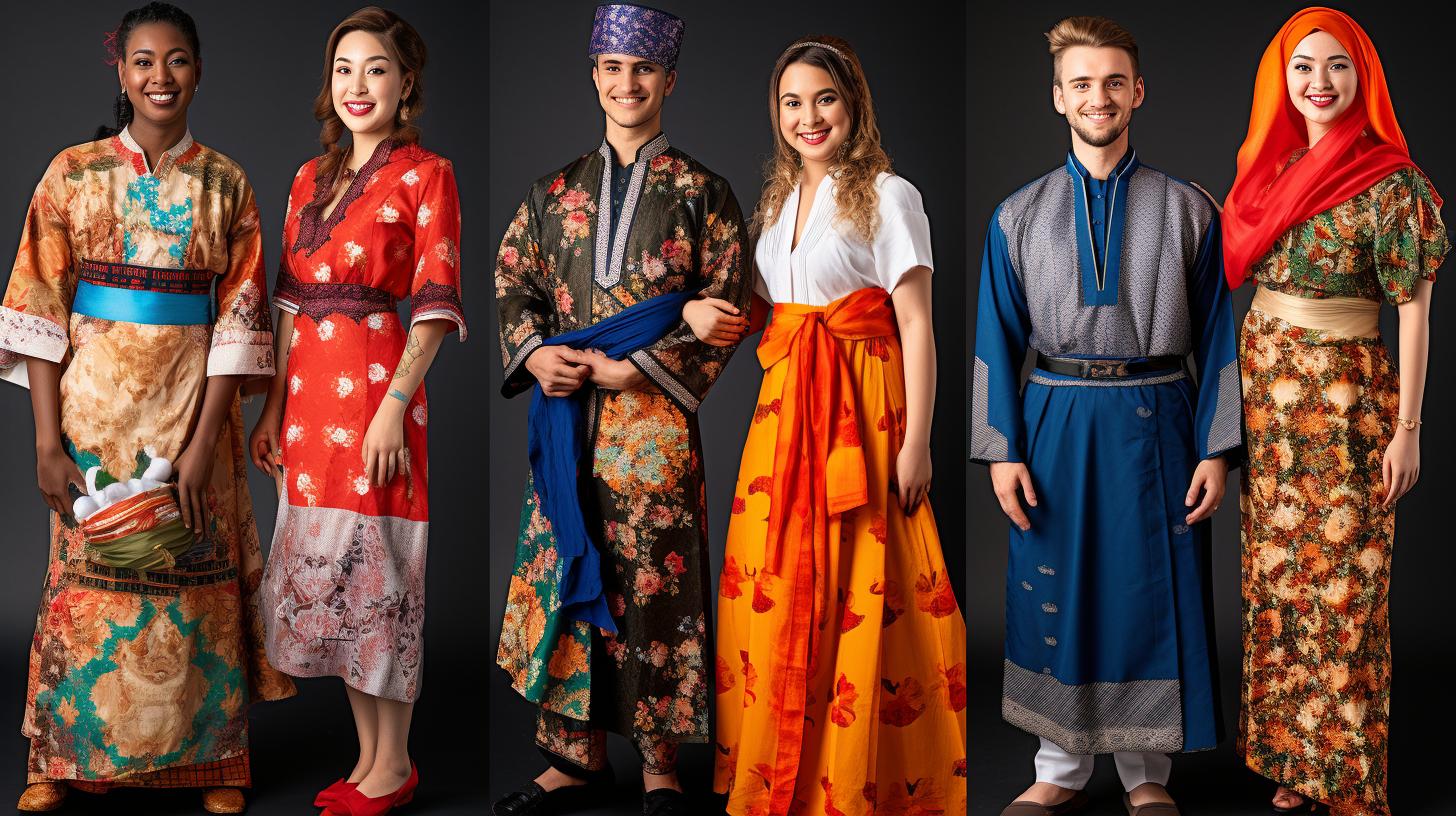
Dress Code and Cultural Considerations
Appropriate attire is an important aspect of restaurant etiquette. To make a positive impression and show respect for the dining establishment, dress according to the restaurant’s dress code. Different types of dining establishments have varying levels of formality, ranging from casual to fine dining. It’s essential to dress appropriately for the occasion.
When selecting your attire, consider the cultural norms and customs associated with the restaurant’s cuisine. Some cultures place a strong emphasis on modesty, while others may have specific dress codes for religious or cultural reasons. By respecting these cultural considerations, you demonstrate your cultural sensitivity and willingness to embrace diversity.
If you’re unsure about the appropriate dress code, don’t hesitate to reach out to the restaurant directly or consult online resources. Websites like Social Customs provide valuable insights into dress codes and cultural expectations across different countries and cultures. By taking the time to dress appropriately, you show your date that you value the dining experience and are attentive to the details.
Arrival and Greetings
The way you greet your date upon arrival at the restaurant sets the tone for the entire dining experience. Approach your date with a warm smile and offer a genuine compliment about their appearance or choice of restaurant. Expressing appreciation for the effort they put into the date creates a positive and welcoming atmosphere.
When entering the restaurant, be mindful of cultural greetings and customs. Some cultures may embrace physical contact, such as hugs or kisses on the cheek, while others may prefer more formal greetings. If you’re uncertain, observe the behavior of others in the restaurant or consult resources like Greetings to gain insights into cultural greetings.
Throughout the dining experience, show respect and attentiveness to your date. Engage in active listening, maintain eye contact, and be present in the moment. By demonstrating genuine interest and attentiveness, you create a connection and make your date feel valued.
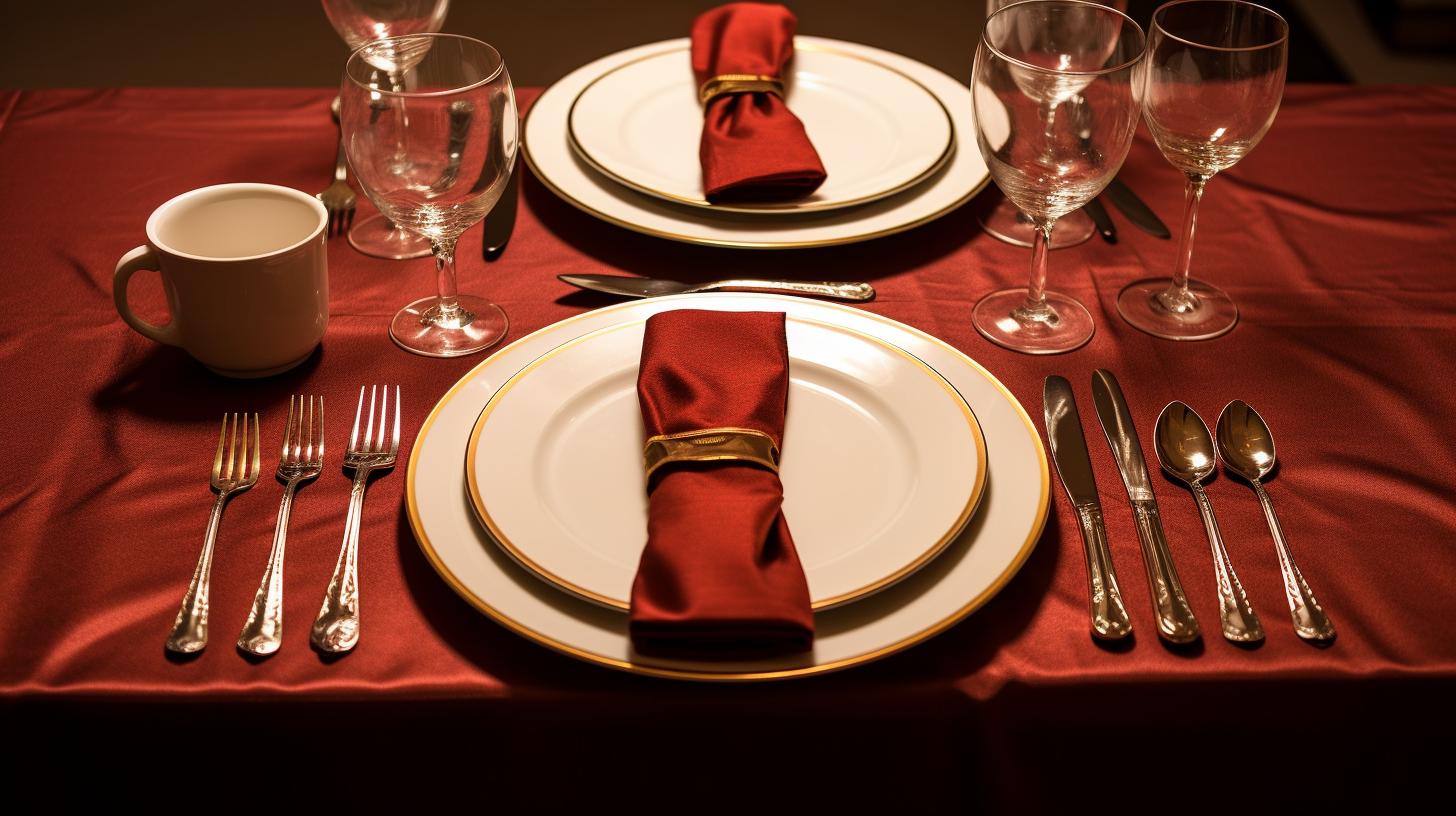
Seating Etiquette
Seating etiquette plays a significant role in creating a comfortable and enjoyable dining experience. When you arrive at the table, allow your date to choose their seat first. This gesture shows respect and consideration for their preferences. If necessary, assist your date with seating, pulling out the chair or offering a hand.
Consider cultural norms and customs when determining seating arrangements. In some cultures, there may be specific seating hierarchies or traditions. By being aware of these customs, you can navigate the seating process with cultural sensitivity and respect.
To enhance the dining experience, consider choosing a seat that allows for easy conversation and interaction with your date. Avoid seating arrangements that may create barriers or hinder communication. By positioning yourself in a way that facilitates engagement, you create a more intimate and enjoyable atmosphere.
Ordering and Sharing Food
Ordering and sharing food in a multi-cultural dining scenario can be an exciting and enriching experience. However, it’s essential to navigate this aspect of the meal with sensitivity and respect for cultural traditions and preferences.
Start by engaging in open communication with your date about food preferences and any dietary restrictions or allergies. By discussing these aspects beforehand, you can ensure a seamless dining experience and avoid any potential discomfort or misunderstandings.
When ordering, consider exploring the restaurant’s specialties or recommended dishes. This not only showcases your willingness to try new things but also allows you to experience the authentic flavors of the cuisine. If you’re unfamiliar with the menu, don’t hesitate to ask the waitstaff for recommendations or explanations of unfamiliar dishes.
Sharing food is a common practice in many cultures, but it’s important to be mindful of cultural norms and customs. Some cultures may have specific protocols for sharing dishes, while others may prefer individual servings. By observing and following the lead of your date or the local custom, you show respect and cultural sensitivity.
Table Manners
Table manners are a universal aspect of restaurant etiquette that transcends cultural boundaries. Practicing good table manners not only demonstrates respect for your dining companions but also enhances the overall dining experience. Here are some essential table manners to keep in mind:
- Chew with your mouth closed and avoid talking with food in your mouth. This shows consideration for your dining companions and prevents any potential discomfort or distractions.
- Use utensils correctly and follow the local customs. Forks, spoons, and knives may be used differently across cultures. Observe the behavior of those around you or consult resources like Table Manners for guidance on specific table manners.
- Pace yourself and eat slowly. Avoid rushing through the meal and allow time for conversation and enjoyment. This also gives you the opportunity to savor the flavors and textures of the food.
- Be mindful of your table manners relating to beverages and napkins. Use napkins appropriately, placing them on your lap during the meal and using them to wipe your mouth as needed. When it comes to beverages, use coasters if provided and avoid placing glasses directly on the table.
It’s important to note that table manners may vary across cultures. Certain behaviors that are considered polite or expected in one culture may be perceived differently in another. By embracing these cultural differences with curiosity and respect, you can navigate multi-cultural dining scenarios with ease.
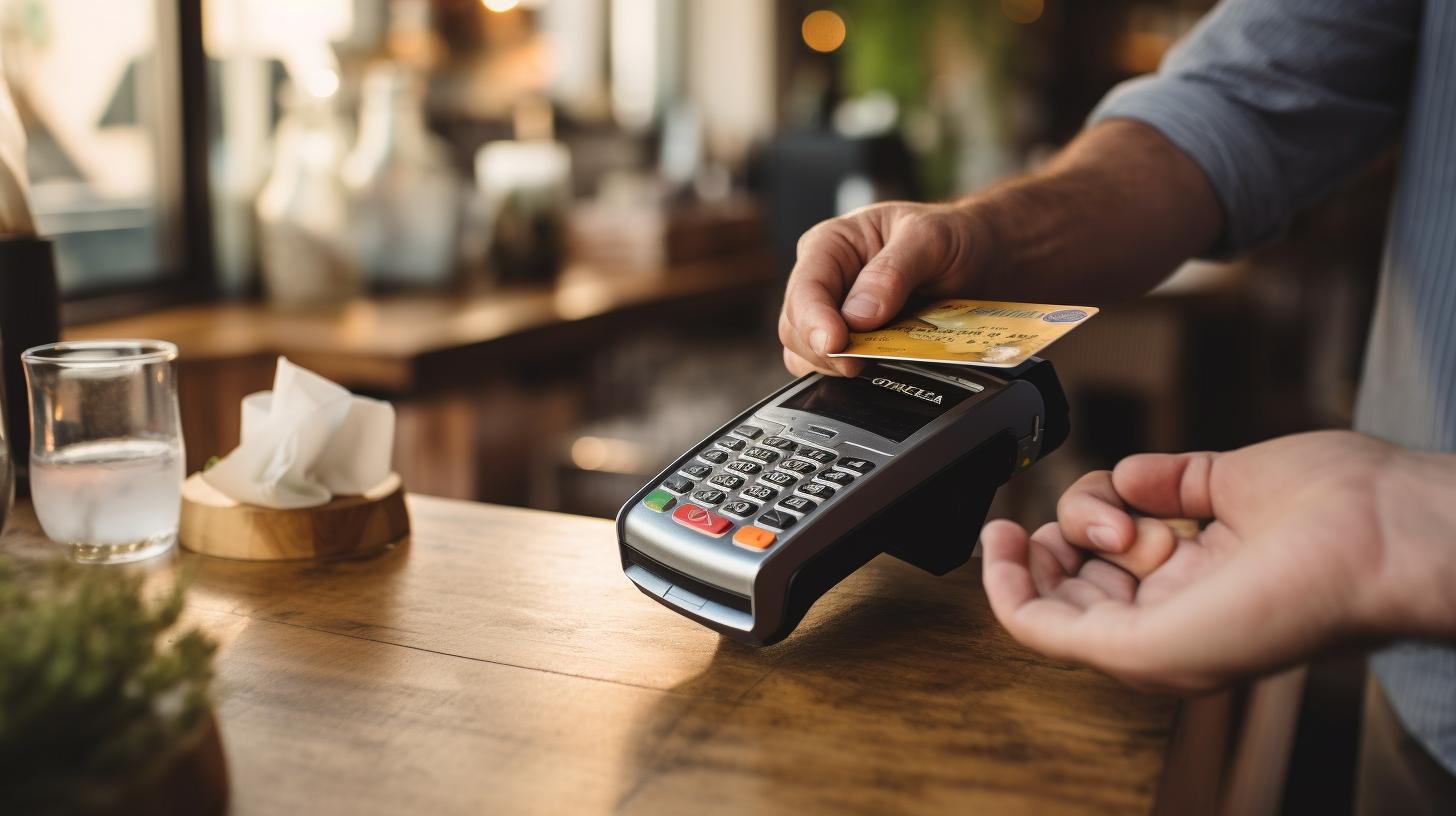
Paying the Bill
The etiquette of paying the bill can vary depending on the cultural context. In some cultures, it is customary for one person to cover the entire bill, while in others, it is common to split the bill evenly. To avoid any confusion or misunderstandings, it’s essential to have an open and respectful conversation about bill payment with your date.
Consider offering to pay the bill as a gesture of generosity and appreciation, but be open to your date’s preferences or cultural customs. If your date insists on paying or splitting the bill, graciously accept their offer. Remember, the goal is to create a comfortable and enjoyable dining experience, and respecting cultural customs is an important aspect of that.
Having a discussion about bill payment beforehand can help set clear expectations and prevent any potential awkwardness or misunderstandings. By openly communicating and being flexible, you can navigate the bill payment process with ease and respect.
Personal Story: Navigating Cultural Differences in a Multi-Cultural Dining Experience
One evening, I decided to take my date, Sarah, to a Japanese restaurant. While I had some knowledge of Japanese cuisine, I wanted to ensure we had a truly authentic experience. Before our dinner, I took the time to research the dining customs and etiquette associated with Japanese culture.
As we arrived at the restaurant, I greeted Sarah with a warm smile and a bow, a gesture I had learned during my research. I complimented her choice of restaurant and expressed my excitement for the evening ahead. These small gestures helped set a positive tone for our dining experience.
When we were shown to our table, I followed the Japanese custom of allowing Sarah to choose her seat first. As we settled in, I noticed that the menu offered a wide variety of dishes, some of which I was unfamiliar with. I suggested we share a few different dishes to try a bit of everything, ensuring that we accommodated both of our tastes and preferences.
Throughout the meal, I made sure to observe proper table manners, such as using chopsticks correctly and not slurping my noodles. I also paid attention to Sarah’s cues and followed her lead when it came to pouring drinks or offering a taste of my dish.
As the evening came to a close, I thanked our server and expressed our gratitude for the delicious meal and excellent service. I also thanked Sarah for joining me and shared how much I enjoyed our dining experience together.
This multi-cultural dining experience taught me the importance of embracing cultural differences and being mindful of etiquette when dining in a different cultural context. By taking the time to research and understand the customs associated with the cuisine, I was able to create a memorable and respectful experience for both myself and my date. It also allowed us to foster a deeper connection by appreciating and respecting each other’s cultural backgrounds.
Saying Goodbye and Cultural Considerations
As the dining experience comes to a close, it’s important to say goodbye in an appropriate and respectful manner. Express gratitude for the dining experience and the company of your date. A simple “thank you” accompanied by a genuine smile can go a long way in creating a positive lasting impression.
Consider cultural customs and greetings when saying goodbye. Some cultures may have specific farewell rituals or gestures. By being aware of these customs, you can show respect and cultural sensitivity in your farewell.
Remember that the key to successful multi-cultural dining is open-mindedness, respect, and a genuine curiosity about different cultures and cuisines. By following these tips and embracing the diversity of dining experiences, you can unlock the secrets of multi-cultural dining and create unforgettable memories with your date.




